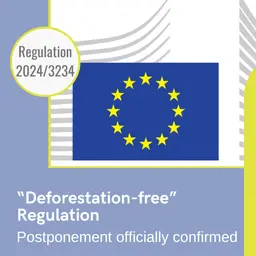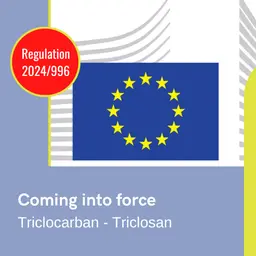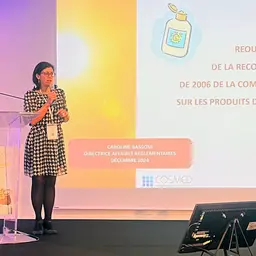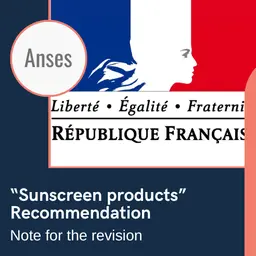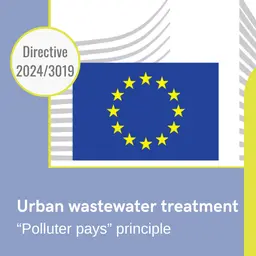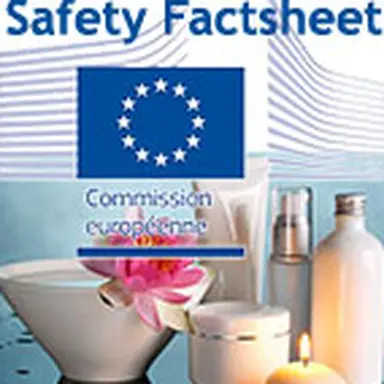
Consumers continually expose themselves to chemicals through the use of a wide range of personal care products. To reassure them about the safety of cosmetics, the European Commission has just published a factsheet.
Factsheet Ensuring the safety of personal care products , European Commission, March 2017
As consumers, we continually expose ourselves to chemicals through the use of a wide range of personal care products. Many of these products are used on a daily basis and in different ways. In doing so, we assume that the products meant for enhancing our personal hygiene and appearance will not harm our health.
Who looks after the safety of my personal care products?
Cosmetic ingredients such as preservatives, colorants, hair colours, UV-filters, fragrances and nanomaterials are specifically controlled under the Cosmetic Regulation in Europe. Since the sixties, an independent Committee of experts – the Scientific Committee on Consumer Safety (SCCS) – advices the European Commission on the safety of cosmetic ingredients to support regulatory decisions on whether or not a chemical ingredient should be allowed in cosmetic products, and in which conditions of use.
How is product safety assessed?
Our skin is the largest exposed surface of the body that protects us by acting as an effective barrier against germs, particles, etc. The skin is, however, not always a good barrier against chemicals, some of which may to some extent not just stay on the skin but be absorbed into the body. Chemicals may also find their way into the body through the mouth or lungs, from some oral hygiene or lip products, or from some spray and aerosol products. Considering the frequent and intimate nature of our contact with personal hygiene and beauty products, the existence of a rigorous safety overview provides a vital safeguard for the consumer.
The cosmetic safety assessment process is very thorough and takes into account detailed information on the physical and chemical properties of an ingredient, its potential to cause harmful effects, and the consumer exposure from such products. The assessment particularly aims to exclude any safety risk from hazardous chemicals that may be a CMR (carcinogen, mutagen or reproductive toxin), or may stay and accumulate in the body over time. Nanomaterials (insoluble or bio-persistent particles on the scale from 1 to 100 nanometre) may cause different harmful effects compared to the non-particle forms of the chemicals. The safety assessment process also makes sure that a chemical ingredient is sufficiently pure and does not contain unacceptable impurities that could be harmful to consumers’ health. It also pays particular attention to certain population groups who may be more vulnerable - such as infants, children and pregnant women, or those who may be more exposed to cosmetic chemicals via their occupation, such as beauty salon staff and hairdressers.
The cosmetic safety assessment requires data on possible harmful effects of the ingredients. The toxicological testing of chemicals has historically been done on animals. However, testing of cosmetic ingredients on animals, or marketing of a cosmetic product containing ingredients tested on animals, has been banned in Europe since July 2013. Therefore, safety assessments increasingly consider data derived from non-animal models (cultured cells, computational models, etc.).
A positive Opinion from the SCCS is only given when the experts have seen sufficient evidence for safety to exclude a risk for consumers’ health under foreseen conditions of the product use. As an example, the European Commission has permitted 100 hair dyes to be introduced on the market and has banned another 180 based on the SCCS advice or due to the lack of required evidence for safety. It should, therefore, be reassuring to know that a rigorous process for safety assessment and authorisation is in place in Europe before ingredients are allowed to be used in cosmetic products, even though most people don’t even think about it. That is the real proof of the trust they place not only in the cosmetic products they purchase and use, but also in the authorities who regulate these products and the manufacturers who produce them.
Where can I find more information?
More information on the work of the SCCS can be found on this webpage . Recent and past scientific Opinions of the SCCS can be found at this address .
This factsheet is based on the Opinions of the independent Scientific Committee on Consumer Safety (SCCS)
Source
•
Factsheet
Ensuring the safety of personal care products
, European Commission, 8 March 2017



